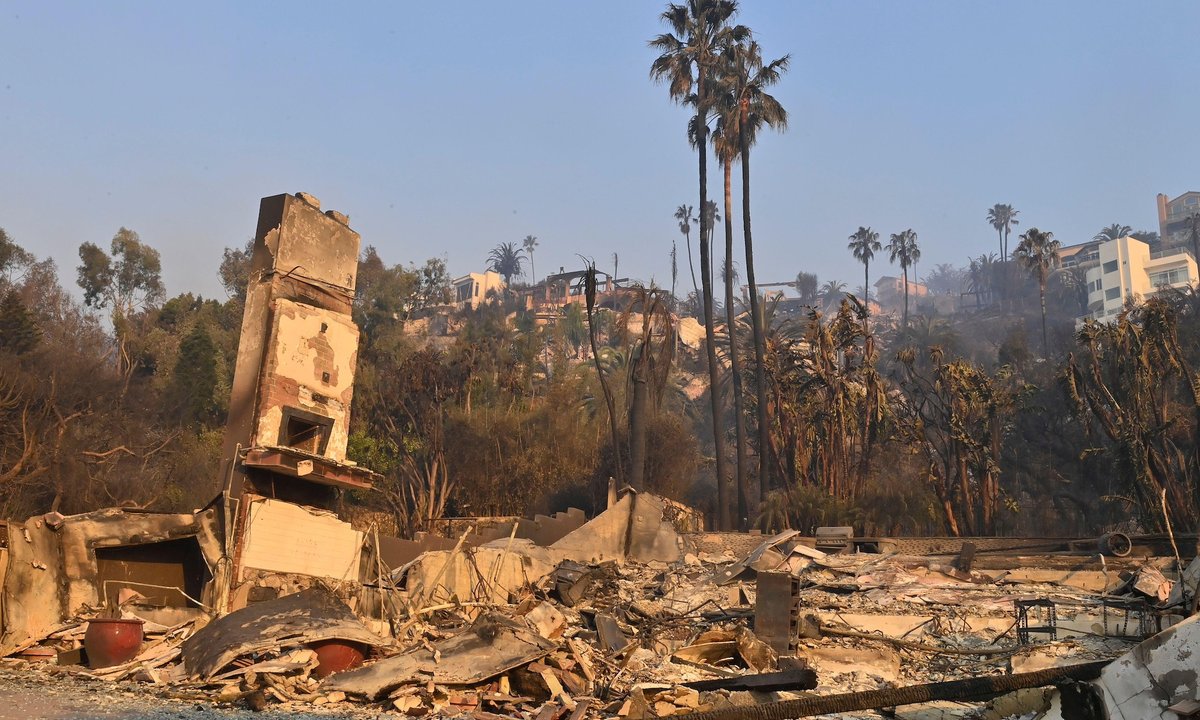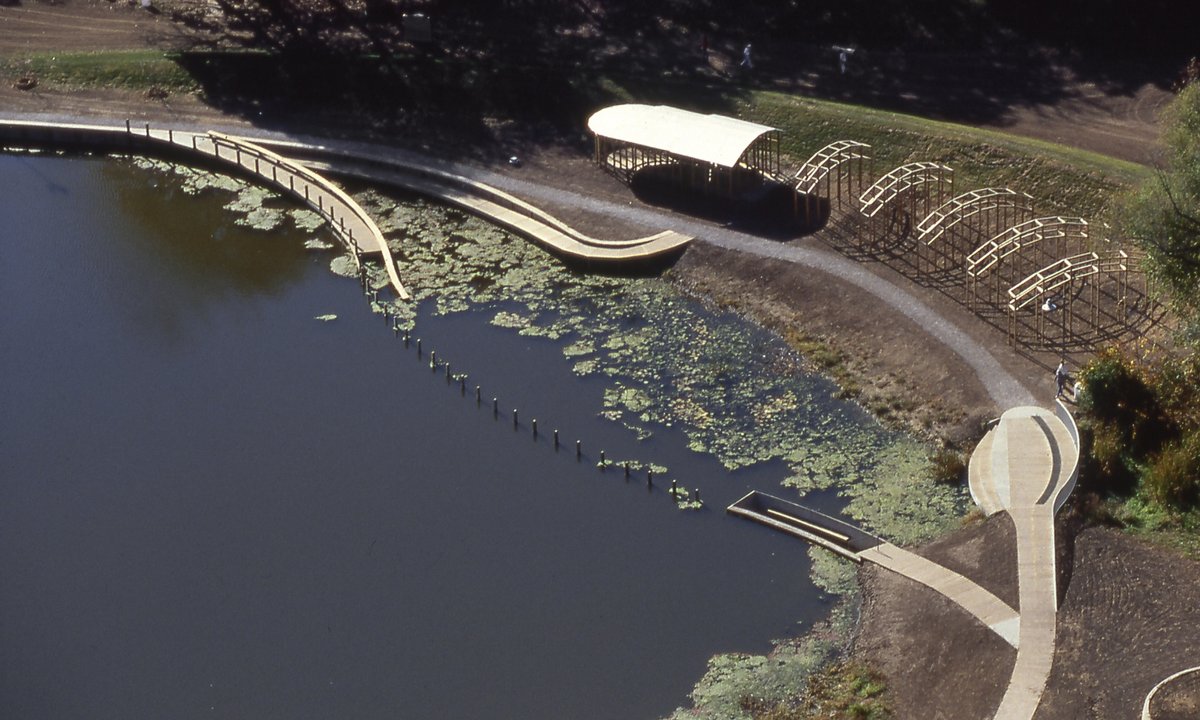Check out The Art Newspaper’s guide to London Gallery Weekend 2022 for recommendations on the best exhibitions to see during the three-day event, top trends and commentary
In the 1990s, Lonnie Holley wrote an autobiographical sketch, a stream-of-consciousness memoir of extreme poverty and hardship. Early in the text, he writes about a woman who took him away from his mother as an infant before, when he was four, “the lady sold me to another lady for a pint of whiskey”. The trauma that follows is relentless, including physical abuse, horrific racism and exploitation and jail time, before his life was saved by art. Now, he is widely celebrated for both the sculptures he initially made from found objects in his yard in Birmingham, Alabama, and, more recently, his performance practice, based on improvised voice-and-piano compositions—impressionistic, autobiographical and deeply moving.
Both aspects of Holley’s practice feature in a two-part contribution to London Gallery Weekend. At Edel Assanti is his first UK show of sculptures and paintings for almost 20 years, since he exhibited at the Ikon Gallery in Birmingham in 2004. Alongside that is a film, The Edge of What, commissioned by Artangel, streamed on the organisation’s website from this month and shown as part of an evening event at the new London arts venue Stone Nest on 14 May alongside a performance by Holley.
Lonnie Holley performing on Orford Ness in southern England, March 2022 in a still from The Edge of What, 2022
Courtesy of Artangel
All of this new body of work is inspired by the Artangel commission, for which Holley was based on Orford Ness, the peninsula at the Eastern extreme of southern England. The Ness was a military testing site and is now a nature reserve, where shingle and wetlands surround atmospheric military ruins. In that landscape, he gathered materials for sculptures, and performed a series of musical works for the film. The site’s biggest claim to fame is that the first demonstrations of the feasibility of radar as an air defence system were done there, a cornerstone of the allies’ success in the Second World War. And this is among the things that Holley picked up on as he made his work, typically linking it to his own biography. “My grandfather had been in World War One, and my father had been in World War Two,” he tells The Art Newspaper, and the experiments on the Ness “served the purpose of making things better for really all the soldiers around the world, because if you look at the technology, they were sparing no expense back then to make things better, or to advance things.”
He sits amid the weather-beaten buildings in the film and sings about the cold. “I got a chance to feel the chilling part of it, how that could be a part of what affected their mentality, the occupants of the island itself,” he explains. “And it was just such a wonderful experience.”
In his songs, sung in Holley’s bluesy tone with an elegiac vibrato, the words flow from him with few pauses and no stumbles, a remarkable feat given that they’re improvised. “It’s just about grabbing information, and then going into the gravity of information. Because if we don’t use information, it sinks deeper and deeper within us, but it never goes anywhere.” He calls it “the ocean of thought”, a “never-ending depth of information” that he calls on.
His way of processing that information is pictorial, he says—he conjures images from it. And this is true, too, of his sculptures. He learned to pick up and re-use materials from his family, particularly his mother and grandmother, who would gather discarded objects to sell to junkyards. “Nothing can be considered nothing until we don’t want it no longer, until we don’t need it,” he says. “We call it trash, garbage and debris instead of thinking of it as material with a source of information.”
He was “a digger or a scratcher” when he was a young child, maybe even two years old, “picking up something from the earth and moving it from point one to point two”. As an adult, long before he gained any attention, he was making sculptures for himself in his own yard in Alabama (which was eventually destroyed in Birmingham’s airport expansion—he now lives in Atlanta, Georgia) and on his daily travels. “There were times when nobody saw what I created. A lot of times I’d walk the railroad track and I did my placements. And then I took a photo of them. And then I kicked them loose, I scattered them back into their, one would say, habitat.”But as he worked almost compulsively, he honed his craft. “We as artists practise just as much as athletes do,” he says. “I think we practise as much as a doctor, or nurse or any professional person does.”
Lonnie Holley’s I Knew They Were Mine (2020), made from a wooden doorframe and tree roots
Recognition did come, in the 1980s, when William Arnett, a collector, began buying work by Holley and a number of other African-American artists in the southern states, which were eventually gathered in Souls Grown Deep: African-American Vernacular Art of the South, a travelling 1990s show and important two-volume catalogue. Numerous works are now in American museums. “We ended up being called artists of vernacular, and we didn’t even know what the word meant,” Holley says. He also mentions how his work was discussed in terms of assemblage, through which, he adds, he learned that “we were doing the same thing that had been done pretty well all around the world”. But until then, unlike others working in this way, he and his peers had not received recognition.
He calls the sculptural and musical strands of his practice “Siamese twins”, because “they’re coming from the same brain”. And it is a hugely distinctive and productive brain. But the work is also clearly embedded in a long tradition of African American making. Holley talks about “a community of materials” at the heart of that tradition. He mentions the great quilts of the south, like those famously made by women in Gee’s Bend, Alabama. “The women not only could identify each piece of material, but then say that that piece of material had a certain amount of information—who wore it, and what was happening during that time. So much went into our subject.”
It’s clear he’s also talking about his sculptures. “After we put these things together, it’s almost like these materials had a life of their own… they had an identity of their own. And we took those identities and we put them together as a conversation for others to gather from.” There will be much to gather in Holley’s two projects for London Gallery Weekend; in the community of materials he has gathered on Orford Ness and elsewhere and assembled into sculptures, and in that ocean of thought he draws on in his songs.
• Lonnie Holley: The Growth of Communication opens at Edel Assanti on 13 May for London Gallery Weekend. Artangel and Edel Assanti present a live performance with Lonnie Holley at the Stone Nest on 14 May. Artangel’s commissioned short film The Edge of What is available to view online in May.
The Art Newspaper is an official media partner of London Gallery Weekend







